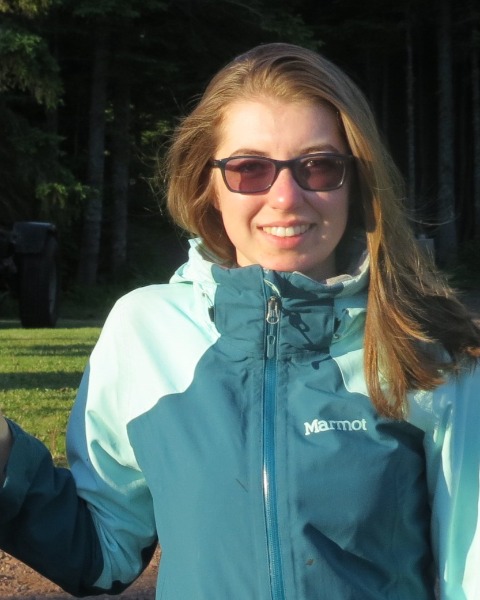Back
Contributed Poster
Session: Communities: Traits And Functional Diversity
PS 5-74 - CANCELLED - Trait convergence of native understory species after invasive plant removal
Monday, August 7, 2023
5:00 PM - 6:30 PM PDT
Location: ESA Exhibit Hall

Laís Petri
PhD Candidate
University of Michigan
Ann Arbor, Michigan, United States- II
Ines Ibanez, n/a
Professor
University of Michigan
Ann Arbor, Michigan, United States
Presenting Author(s)
Coauthor(s)
Abstract: Native species recruitment is essential for maintaining healthy forest ecosystems. However, many forested lands are embedded in human-modified landscapes, where invasive species are abundant and negatively impact native recruitment. Under these conditions, removing the invasive species is a common management practice. Still, there is little knowledge on what are the main forces shaping the recovery of the native community. In a multi-year field experiment, we investigated whether the trait composition of assembling native plant communities after invasive plant removal was determined by environmental filtering or by assembly history. After removing invasives, we seeded native forbs to manipulate assembly history and mimic restoration practices. We collected data on plant species composition and abundance (i.e., species level percent cover), and environmental conditions (i.e., light, soil water, and soil nutrient availability) in the three subsequent summers. We calculated community-weighted means for several traits using trait data from TRY and GRoot databases. Our results show that the trait composition of the native understory community is similar between plots with added native species and natural regeneration plots (control), in both conservation (measured by leaf N, root N, SLA, and root tissue density) and collaboration (measured by specific root length and root diameter) gradients. Differences in trait distribution are, however, present across sites, where environmental conditions such as light and soil water availability vary. Sites with higher light availability tended to have communities with higher leaf and root N, in particular during the first summer. Our results suggest that the assembly of recently managed forest understories seems to be strongly influenced by local environmental filtering rather than assembly history. Therefore, restoration practices after invasive plant removal should be tailored to either maintain natural dispersal or artificial addition of native species with traits compatible with the site-level environmental conditions to potentially speed up native recovery.
